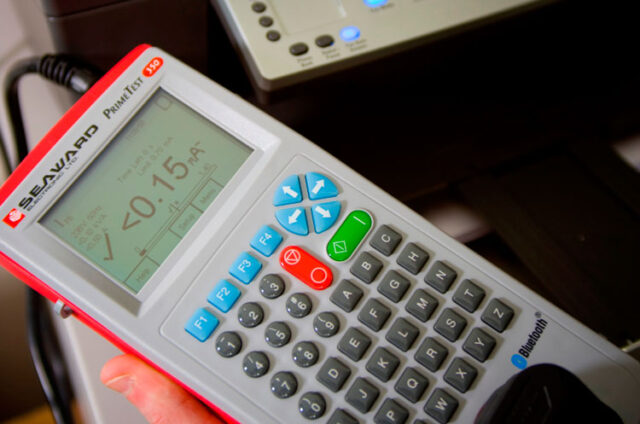
Portable Appliance Testing (PAT) is a process of testing electrical and mechanical components of portable appliances, such as laptops, cellular phones, digital cameras, and other small electronics. Portable appliances can be dangerous if they are not properly tested and inspected before they are brought into your home or workplace.
What is Portable Appliance Testing (PAT)?
Portable Appliance Testing (PAT) is a process of verifying the quality of portable appliances by using special tools and equipment. Portable appliances include, but are not limited to, computers, televisions, microwaves and air conditioners.
PAT should be used when there is a question about the quality of the portable appliance. The test results can help determine whether or not to return or repair the appliance. In addition, PAT can help identify any problems that may exist with the appliance before they become major problems.
There are a few things you need to know before conducting a PAT testing:
– The type of appliance being tested.
– The specific testing requirements for that appliance.
– The type of testing equipment required for that appliance.
– The skill level required to perform the test.
What is included in a PAT test?
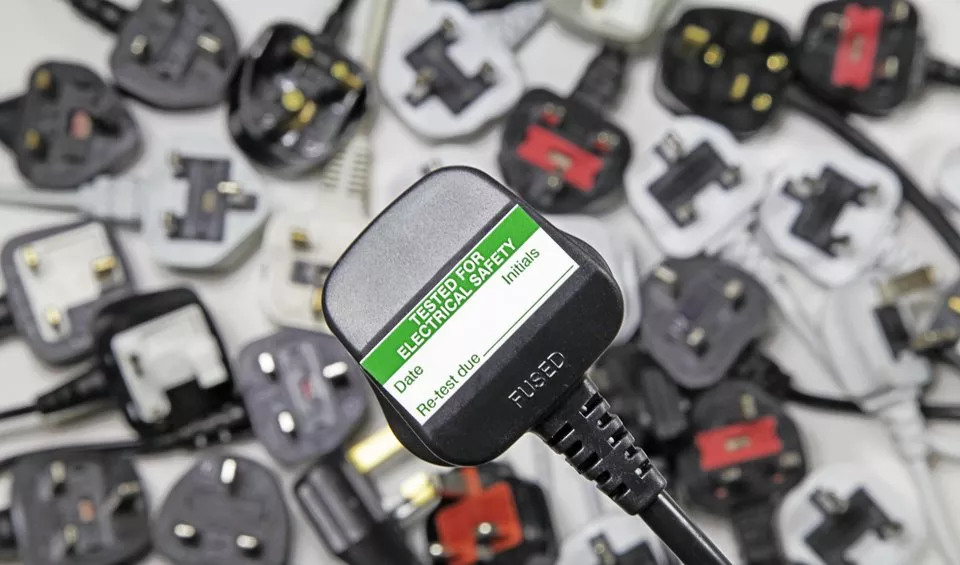
The PAT test includes the following components:
– Initial power-up test.
– Basic operational tests.
– Environmental tests.
– Operating conditions and performance tests.
1. How does PAT work?
Pat uses an automated procedure that begins with the initial power up of the appliance. The test then proceeds through a series of functional tests, measuring key device performance parameters under a variety of operating conditions. The end result is a detailed report that provides information on the device’s overall functionality and performance.
2. Types of Portable Appliances
Portable Appliance Testing (PAT) is the process of verifying the performance of portable devices such as laptops, tablets, smartphones and other mobile devices in real-world environments. Portable appliances can be tested in a variety of ways, including through functional assessments and environmental tests.
– Functional assessments: A functional assessment is designed to test the device’s basic functionality and determine whether it meets the specific needs of the customer or organization. This type of assessment may include tasks such as web browsing, file management and email access.

– Environmental tests: Portable appliances can also be tested in an environment that simulates real-world usage. This type of testing can determine how well the device performs under conditions such as temperature extremes, humidity and dust.
– Performance benchmarks: Benchmarks can also be used to compare the performance of different portable appliances. This information can help customers find the best device for their needs.
3. How PAT Works?
Portable Appliance Testing (PAT) is the process of testing small appliances, such as microwaves and dishwashers, in a controlled environment. The goal of PAT is to ensure that these appliances meet all of the required safety and performance standards.
To conduct a PAT test, you will need the following materials:
– Appliance
– Tester
– Location for testing
– Controlled environment (such as anechoic chamber)
– Measuring tools (such as a meter or oscilloscope)
– Data collection tools (such as a timer or stopwatch)
– Process control system (PCS) software or hardware
4. The Benefits of PAT
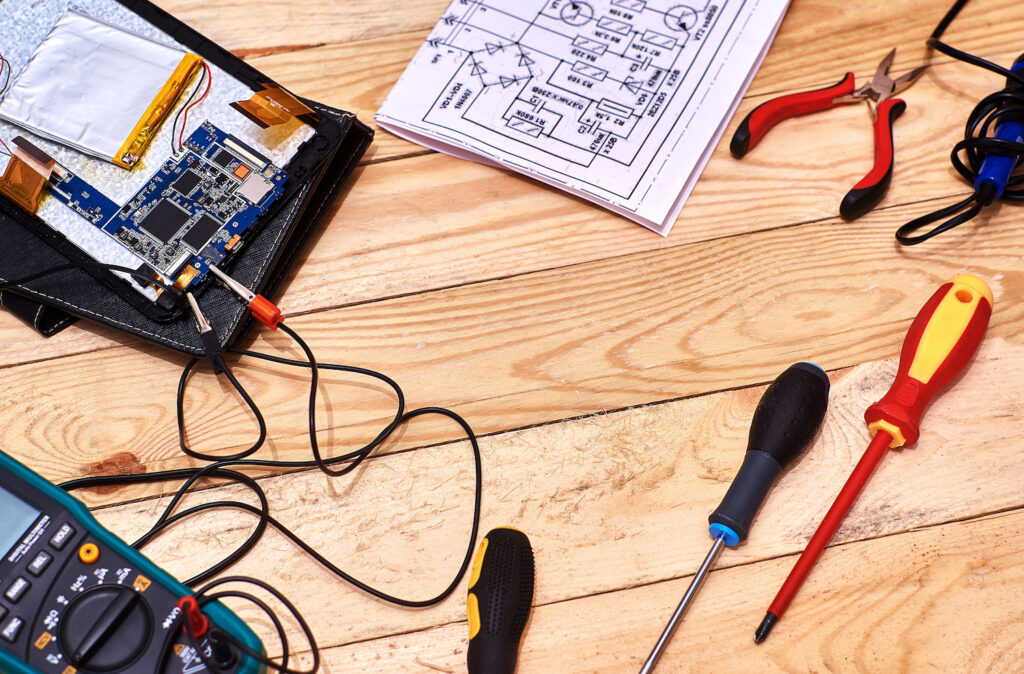
There are many benefits of portable appliance testing.
The most obvious benefit is that it can be done quickly and easily, anywhere there is a power outlet. This is especially beneficial for businesses that have to test a large number of appliances in a short period of time.
Portable Appliance Testing can also be used to determine the condition of an appliance before you buy it. By testing it on the spot, you can avoid buying something that is already broken.
It can also be used to determine the compatibility of different appliances. If you are looking to purchase a new appliance, knowing which ones are compatible will save you a lot of time and money.
It can also be used to determine the condition of an existing appliance. If there is something wrong with it, portable appliance testing can tell you exactly what is wrong and how to fix it.
PAT can also be used to troubleshoot problems with appliances. By understanding what is wrong with an appliance and how to fix it, you can save yourself a lot of time and hassle.
5. The Disadvantages of PAT
Portable Appliance Testing (PAT) can be a great way to test your appliances in the field, but there are some disadvantages to using PAT.
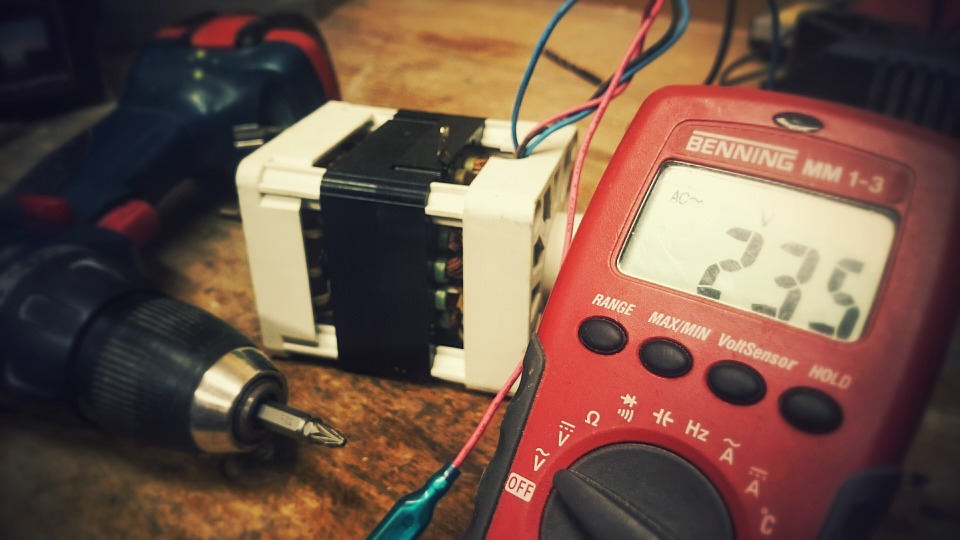
– First, it is difficult to get a representative sample of a device, so you may not get an accurate reading.
– Second, PAT is expensive and requires specialized equipment.
– Finally, PAT can be time-consuming and requires a lot of patience.
6. Different Types of Testing
Portable Appliance Testing is a growing industry that provides an assessment of portable appliances in a controlled environment. PAT can be used to determine the condition of a portable appliance and the performance of the attached components. It can also identify potential issues with the appliance and associated components.
There are three main types of Portable Appliance Testing: functional, environmental, and performance. Functional testing evaluates how an appliance performs its designated tasks. Environmental testing evaluates how an appliance reacts to different environmental conditions, such as temperature and humidity. Performance testing evaluates how quickly an appliance completes its designated tasks.
7. What to Expect When You Have Your Appliance Tested?
Portable Appliance Testing (PAT) is a great way to test your appliances in a controlled environment. The technician will set up the testing area and will run the appliance through its paces. The results of the test can help you troubleshoot common issues with your appliance. Here are some things you should expect when having your appliance tested:
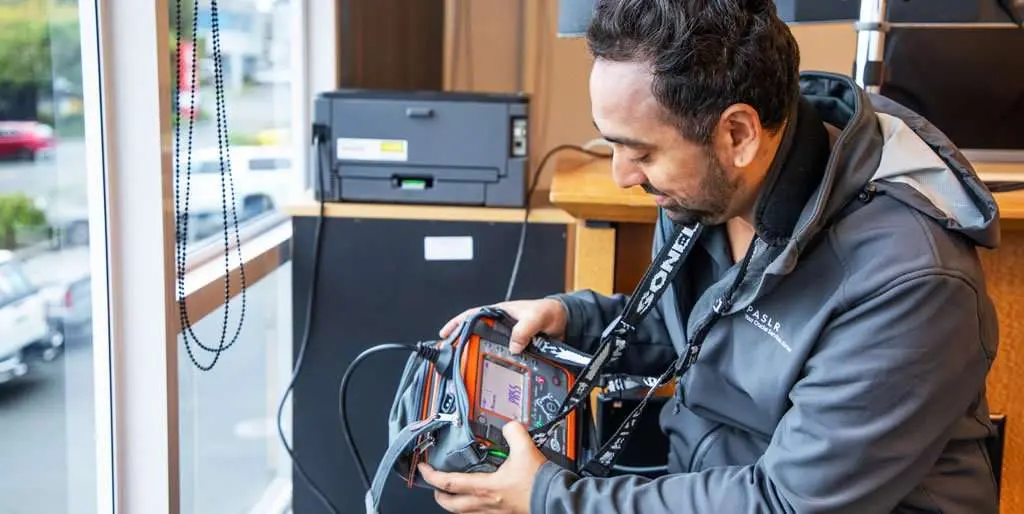
– The technician will explain the test and what it will entail.
– The appliance will be set up in the testing area and ready to go.
– The technician will run the appliance through its paces, checking for common issues.
– The results of the test will be recorded and provided to you.
Conclusion
Portable appliance testing (PAT) is a process that allows technicians to test and diagnose appliances in the field. By understanding the things you need to know before starting PAT, you can ensure that your technician has everything they need in order to complete a successful test. This article covers some of the most important items to keep in mind when performing PAT, so be sure to read it carefully before getting started on your next appliance test.









